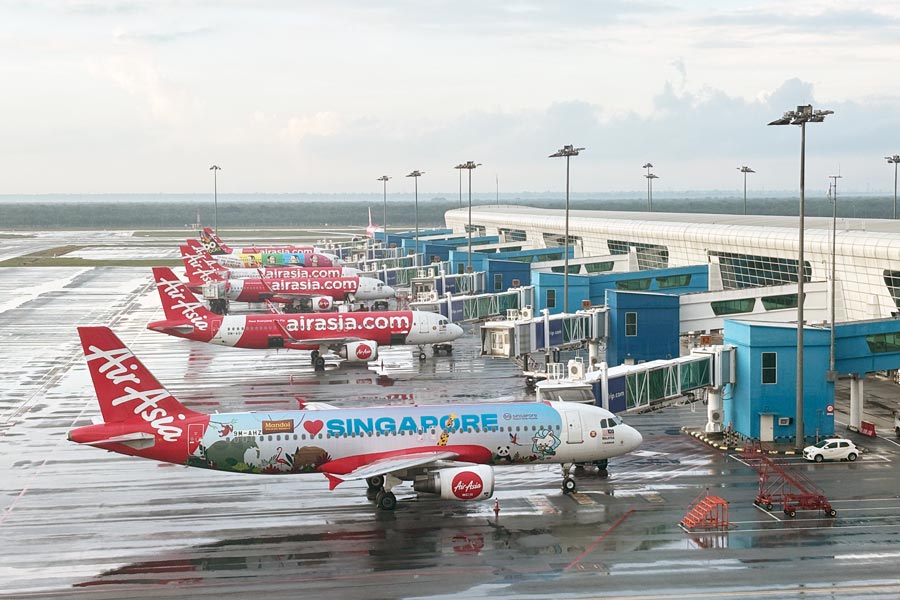
AirAsia to Allow Female Cabin Crew to Wear Hijabs Under New Uniform Policy
Capital A (formerly the AirAsia Group) announced at a press event held in Kuala Lumpur that its business restructuring has reached its final stage.
AirAsia X will acquire AirAsia and the AirAsia Aviation Group, the airline divisions of Capital A, integrating a total of seven carriers: the short-haul airlines in Malaysia, Thailand, Indonesia, the Philippines, and Cambodia, plus the medium- and long-haul airlines in Malaysia and Thailand. The corporate name will be changed to the AirAsia Group, and the “AirAsia X” brand will be discontinued. Approval from the Thai authorities was obtained on October 17.
Over the next 10 years, the fleet will more than double to 600 aircraft, and annual passengers will expand to 155 million. While building a connectivity network across Asia, the company also plans to establish hubs in the Middle East and Europe. The network will be centered on narrowbody aircraft, routed through multiple key hubs in the region. A Middle East hub is seen as the most feasible and as a stepping-stone toward entry into Europe. Because the current network already covers many markets with 143 destinations, new entries over the next decade will be limited to 20–32 cities. The order for Airbus A330 aircraft will be canceled, and about 580 of the 600 aircraft will be single-aisle. An additional order for 150 aircraft is also anticipated.
As a holding company for non-aviation businesses, Capital A will oversee five subsidiaries—engineering, logistics, a travel platform, food and beverage, and intellectual property—and develop those operations. The company aims to have its PN17 (Practice Note 17; financially distressed issuer) designation by Bursa Malaysia lifted by the end of the year.
Chief Executive Officer Tony Fernandes reflected on the period from the pandemic to today: “Nothing was easy for us. Everything was really, really tough, and there was no easy path at all. Beyond COVID-19, we also faced PN17, which was perhaps as difficult as—or even more difficult than—our founding days. The scale of what we accomplished is something no one can truly understand. We had as many as 255 aircraft parked on the ground. Twenty-one thousand employees with no visibility into their career prospects. While most airlines received significant government support—for better or worse—honestly, that situation made us stronger.”
Fifteen aircraft remain out of service. It is highly likely that all 255 aircraft will be operational by year-end, and with the elimination of maintenance costs for grounded aircraft, profitability in 2026 is expected to improve further.
Fernandes added that the ultimate goal is “for AirAsia to become an airline that covers the entire world. And now we have the fleet to make that happen,” noting that “because this cannot be achieved within my tenure, it will be a challenge for the next CEO.”
The company has completed all customer refunds totaling USD 1 billion, rehired all 2,000 employees who were laid off during the pandemic, and pledged to pay bonuses and maintain 10-year service awards for staff.